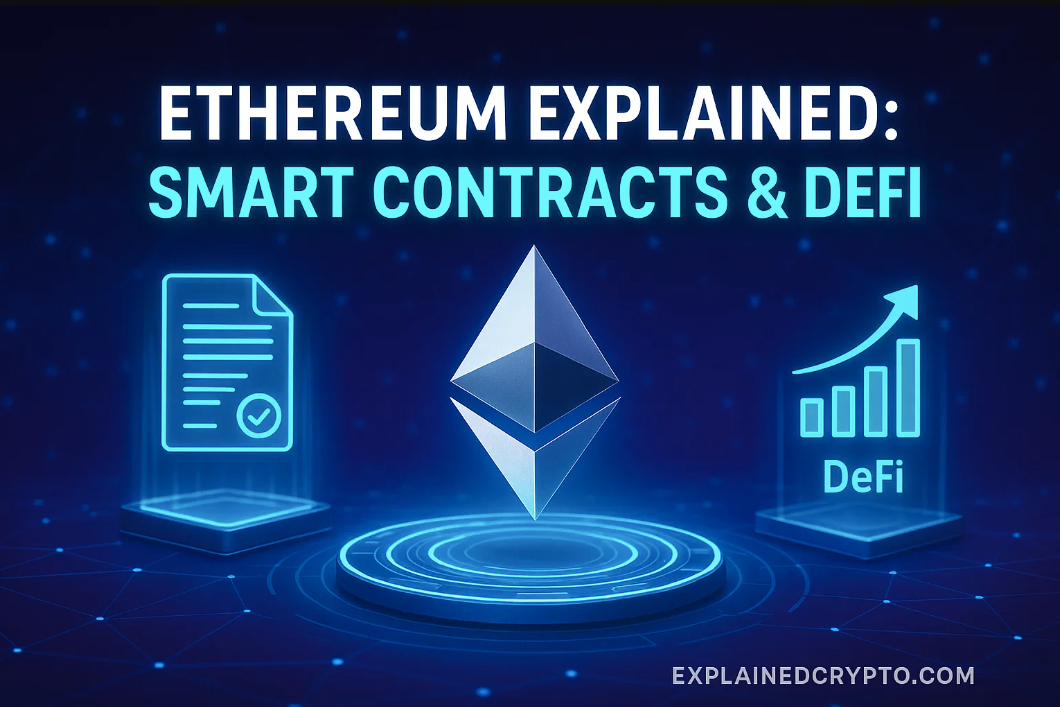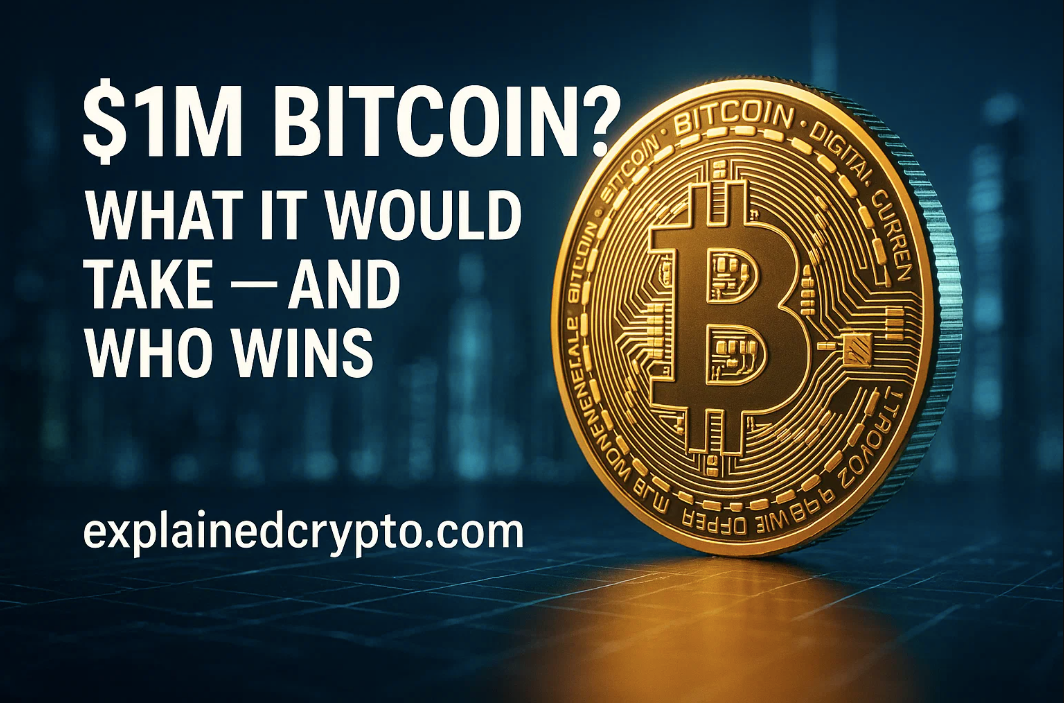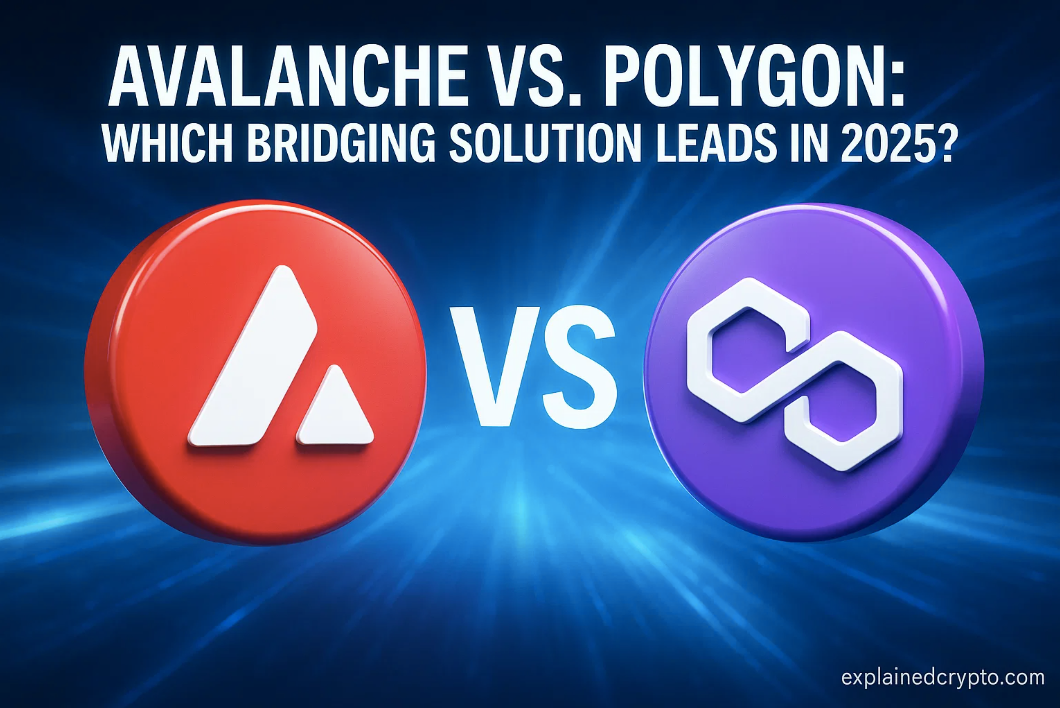Ethereum is the second-largest cryptocurrency by market capitalization and the backbone of decentralized applications (dApps) and decentralized finance (DeFi). While Bitcoin introduced digital money, Ethereum expanded blockchain’s potential by enabling programmable contracts and applications that run without central authority.
For anyone new to blockchain, understanding Ethereum is crucial to grasping the future of finance, Web3, and digital innovation.
1. What Is Ethereum?
Launched in 2015 by Vitalik Buterin and a team of developers, Ethereum is an open-source blockchain platform designed not just for payments but for building decentralized applications. Its native currency, Ether (ETH), powers the network, paying for transactions, computation, and smart contract execution.
Ethereum’s mission is broader than Bitcoin’s “digital gold” narrative. It aims to create a decentralized internet, where users control their data, money, and digital interactions without relying on corporations or governments.
2. Ethereum vs. Bitcoin: Key Differences
While often grouped together, Ethereum and Bitcoin serve different purposes.
| Feature | Bitcoin | Ethereum |
|---|---|---|
| Launched | 2009 | 2015 |
| Primary Use | Digital money, store of value | Smart contracts, dApps, DeFi |
| Consensus | Proof-of-Work (moving to PoS) | Proof-of-Stake (Ethereum 2.0) |
| Supply Limit | 21 million max | No fixed cap (but reduced issuance post-Merge) |
| Transaction Speed | ~7 TPS | ~30 TPS (scaling with Layer-2s) |
Ethereum’s programmability makes it the foundation of decentralized finance, NFTs, and Web3 applications.
3. How Ethereum Works
Ethereum is powered by smart contracts—self-executing programs that run exactly as coded without third parties. These contracts enable decentralized apps ranging from financial services to gaming and governance.
Key Components
| Component | Function |
|---|---|
| Ether (ETH) | Native currency used for payments and transaction fees (gas). |
| Smart Contracts | Code-based agreements that execute automatically. |
| Gas Fees | Small payments made in ETH to process transactions. |
| Ethereum Virtual Machine (EVM) | The engine that executes smart contracts. |
| Layer-2 Networks | Scaling solutions (e.g., Arbitrum, Optimism) that reduce costs and speed up transactions. |
4. The Role of Smart Contracts
Smart contracts are Ethereum’s most important innovation. They allow trustless interactions between parties without intermediaries.
Examples include:
- DeFi lending protocols (e.g., Aave, Compound) where users borrow and lend without banks.
- NFT marketplaces (e.g., OpenSea) enabling digital art ownership.
- Decentralized exchanges (DEXs) (e.g., Uniswap, Curve) that allow peer-to-peer token swaps.
By eliminating middlemen, smart contracts reduce costs, increase transparency, and expand access to financial tools.
5. What Is DeFi?
Decentralized Finance (DeFi) refers to financial applications built on Ethereum that replicate traditional banking services in a decentralized way.
DeFi Ecosystem Breakdown
| Category | Examples | Purpose |
|---|---|---|
| Lending/Borrowing | Aave, Compound | Earn interest or borrow assets |
| DEXs | Uniswap, Curve | Swap tokens without intermediaries |
| Stablecoins | DAI, USDC, USDT | Maintain price stability vs. USD |
| Derivatives | Synthetix, dYdX | Trade synthetic assets |
| Yield Farming | Yearn Finance | Maximize returns on assets |
As of 2025, billions of dollars are locked in DeFi, making Ethereum a cornerstone of the crypto economy.
6. Ethereum’s Transition: The Merge
In 2022, Ethereum underwent The Merge, transitioning from proof-of-work to proof-of-stake (PoS). This reduced energy consumption by 99% and improved scalability potential.
- Proof-of-Stake allows users to validate transactions by staking ETH instead of using energy-intensive mining.
- This shift also paved the way for Ethereum upgrades like sharding and layer-2 scaling to increase capacity.
7. Advantages and Drawbacks
Ethereum is powerful but not without challenges.
| Pros | Cons |
|---|---|
| Programmable blockchain enabling smart contracts | High gas fees during network congestion |
| Largest ecosystem of dApps, DeFi, and NFTs | Scalability remains a challenge (though improving) |
| Transition to PoS reduced energy footprint | Competition from rival chains like Solana, Cardano, and Polkadot |
| Strong developer community | Complexity can confuse beginners |
8. How to Buy, Store, and Use ETH
Buying ETH
- Sign up with exchanges (Coinbase, Binance, Kraken, etc.).
- Deposit fiat (USD, EUR, AUD).
- Purchase ETH directly or via recurring plans.
Storing ETH
| Wallet Type | Examples | Pros | Cons |
|---|---|---|---|
| Hot Wallets | MetaMask, Trust Wallet | Easy access to DeFi & dApps | Hack risk if online |
| Cold Wallets | Ledger, Trezor | Maximum security | Less convenient |
| Custodial | Exchange wallets | Simple for beginners | Less control |
Using ETH
- Pay for gas fees to interact with apps.
- Stake ETH to earn rewards.
- Participate in DeFi, NFTs, DAOs, and governance.
9. Risks of Ethereum and DeFi
Beginners must recognize the risks:
- Smart contract bugs – Code flaws can lead to hacks (billions lost in exploits).
- Volatility – ETH price can fluctuate dramatically.
- Regulation – Governments may restrict DeFi or classify ETH as a security.
- User error – Lost private keys or sending funds to wrong addresses is irreversible.
Despite these risks, Ethereum remains the most robust platform for decentralized innovation.
10. Ethereum vs. Competing Blockchains
Ethereum leads the smart contract market but faces growing competition.
| Blockchain | Strengths | Weaknesses |
|---|---|---|
| Ethereum | Largest ecosystem, security, adoption | High fees, scalability challenges |
| Solana | Fast transactions, low fees | Network outages, centralization concerns |
| Cardano | Academic approach, eco-friendly PoS | Slow development pace |
| Polkadot | Interoperability focus | Smaller adoption base |
| Avalanche | High speed, low latency | Competes in crowded L1 space |
11. Ethereum’s Future
Ethereum is set to remain at the heart of blockchain innovation. With scaling solutions like rollups (Arbitrum, Optimism) and sharding, it could process thousands of transactions per second, lowering costs for users.
Meanwhile, Ethereum’s role in DeFi, NFTs, and DAOs cements its place as the infrastructure layer for Web3. If adoption continues, Ethereum could become the backbone of a decentralized global financial system.
Final Thoughts
Ethereum represents more than just a cryptocurrency—it is the foundation of decentralized finance and Web3 applications. Its programmability and adaptability have made it the most important blockchain after Bitcoin, but with a far broader use case.
For beginners, learning about Ethereum means understanding how money, applications, and the internet itself could be reimagined. From smart contracts to DeFi, Ethereum is building the blueprint for a decentralized digital future.





